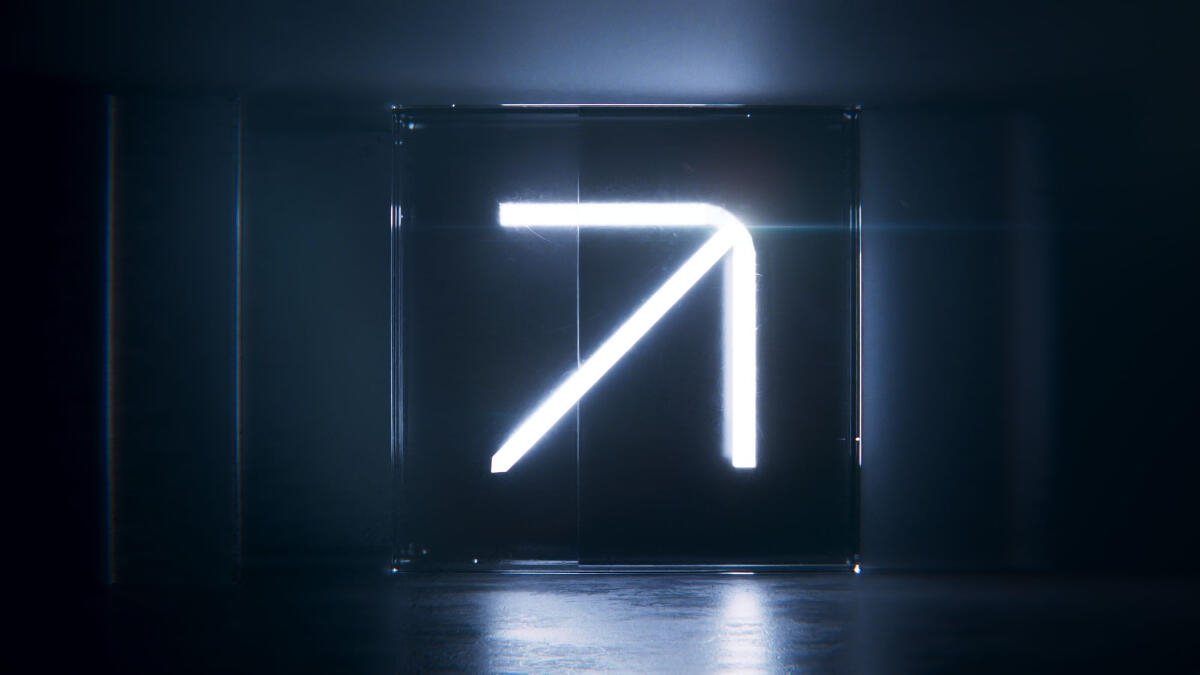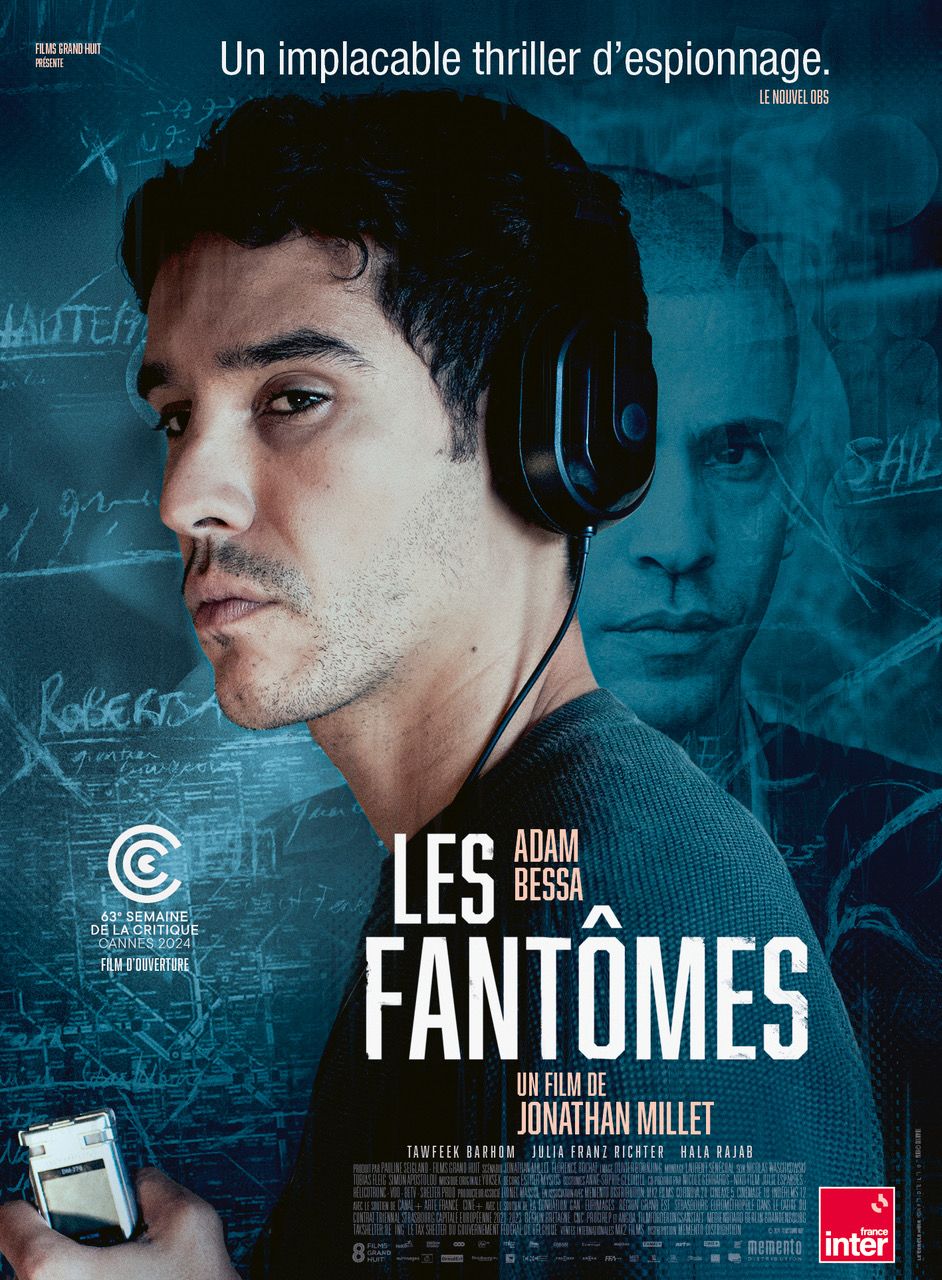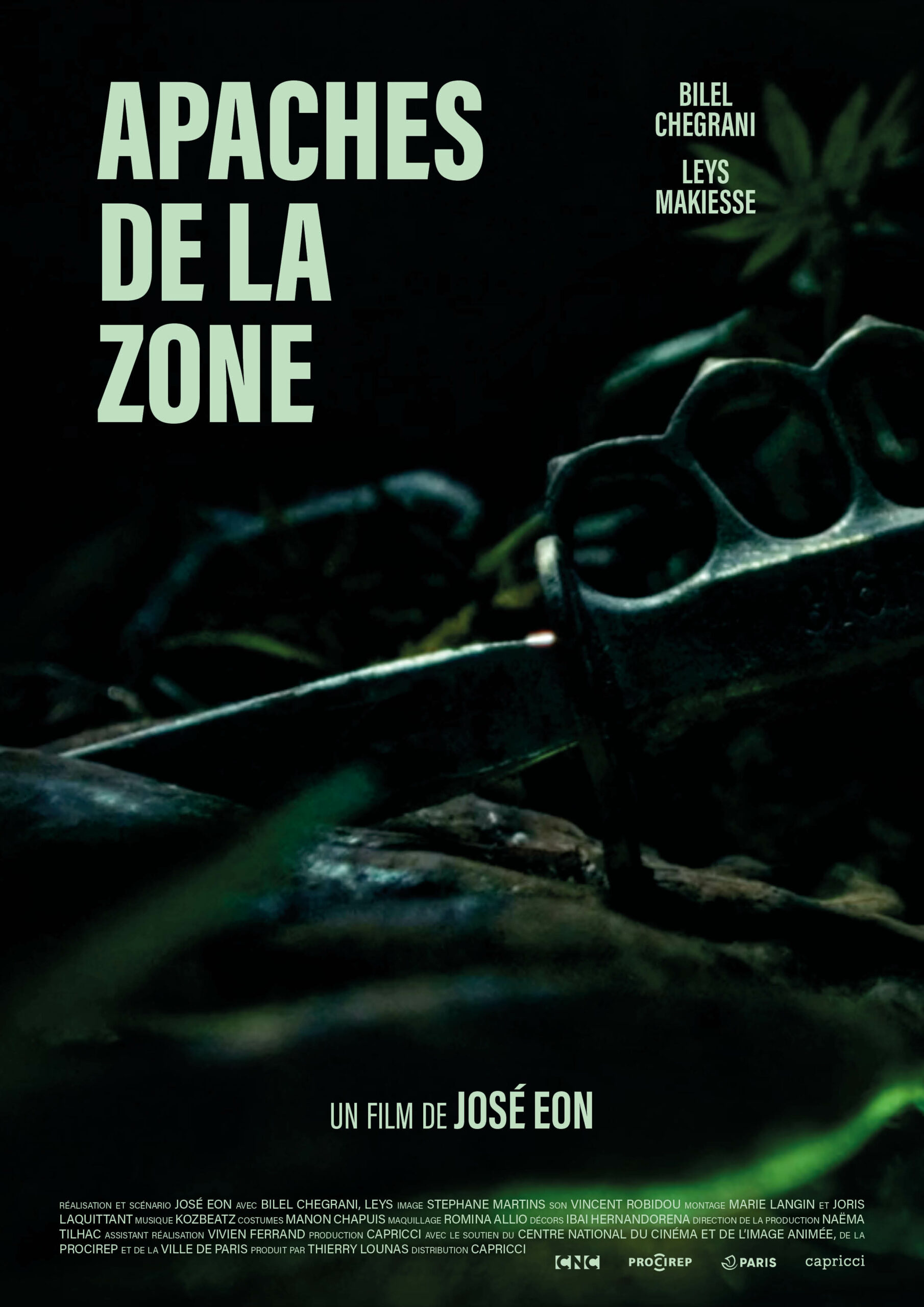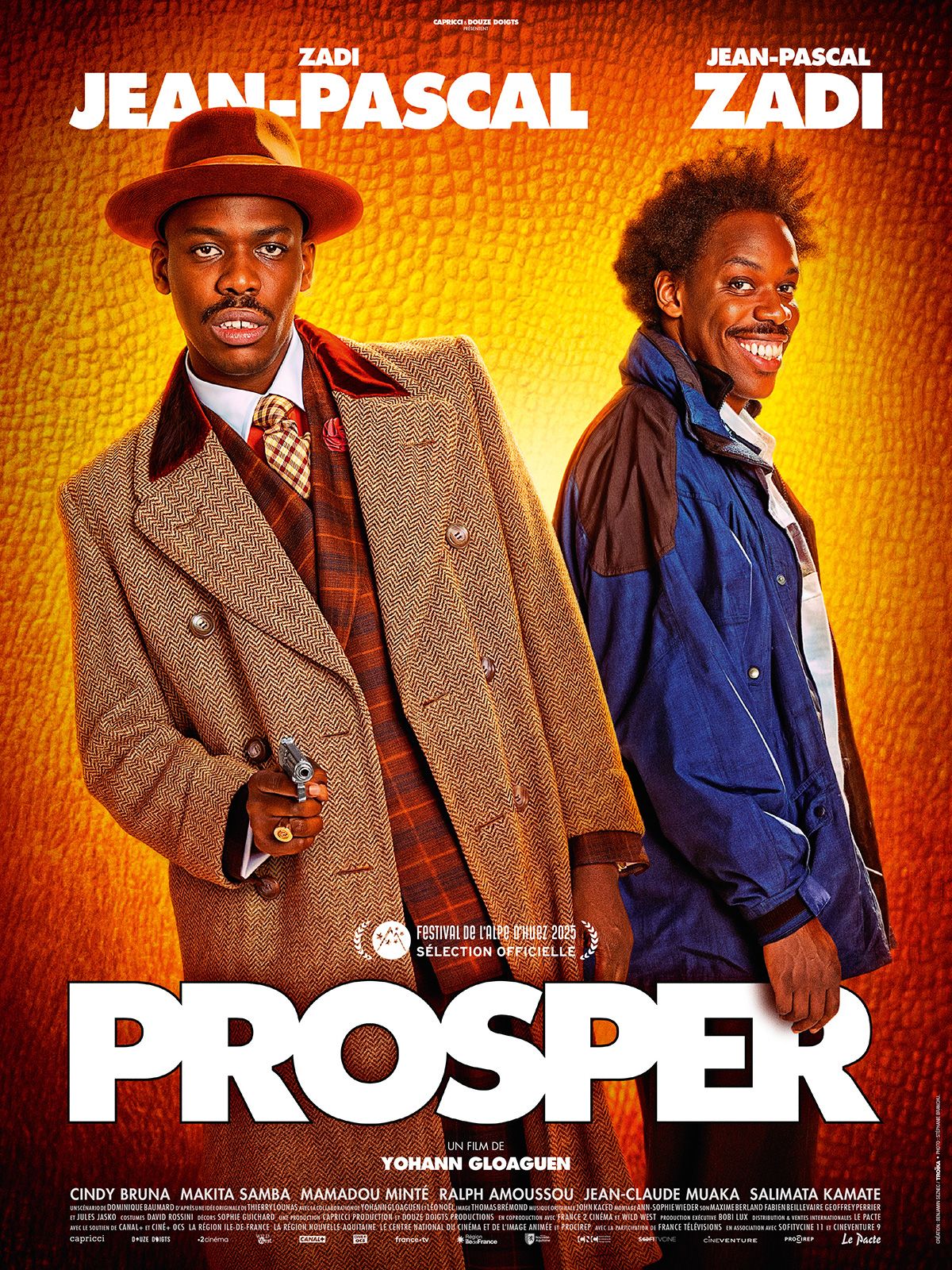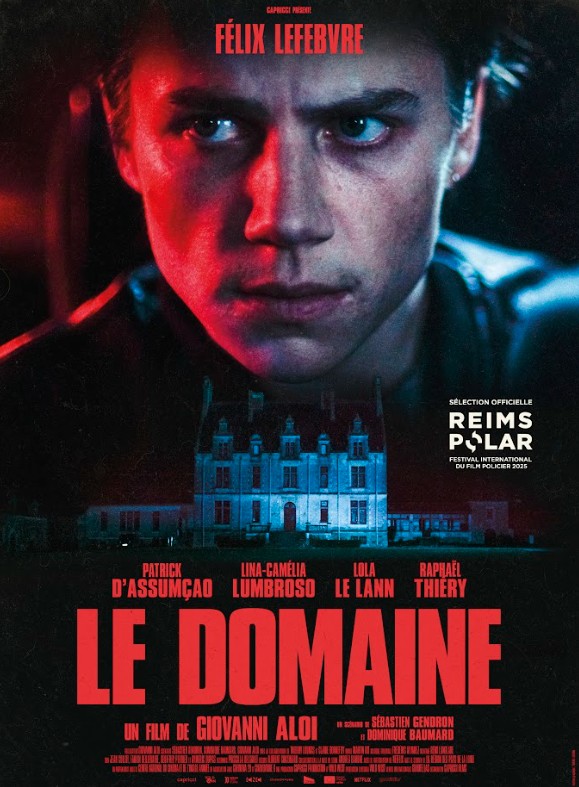An agile and versatile structure
When you meet Anthony Voisin, co-founder of the Terminus studio, you quickly realise that you’re dealing with someone who moves forward with lucidity, pragmatism… and a healthy dose of curiosity.
Based in Nantes, he and his partner run a young studio with a strong track record.
Advertising, music videos, feature films, VFX or 3D animation: Terminus does it all.
But behind this diversity, it is above all a desire to explore that guides each choice.
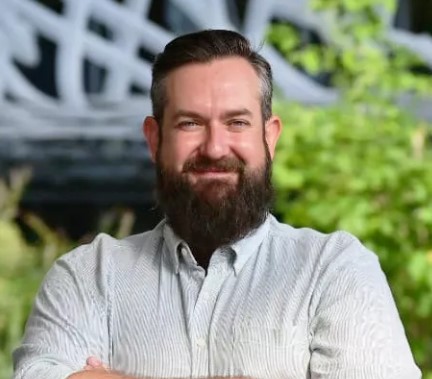
“I supervise the 3D part and take care of business development,” he explains. “My role is to go out and find projects… and then bring them to fruition.”
Once the contracts have been signed, he supervises the teams, talks to the clients, producers or directors as the case may be, and ensures that the artistic ambitions coincide with the production constraints. “We work on all kinds of formats, from advertising spots to series, music videos and feature films, whether in animation or special effects”.

Today, Terminus is made up of three permanent staff, around ten people including casual workers, and a few trainees. “We set up the studio two and a half years ago. I can’t say that any particular project makes me prouder than another. What makes me proud is having set up the studio, and managing to stay the course. What my partner Christophe and I wanted to do was explore different areas. And that’s what we’re doing.”
The young company has already taken part in five feature films, including three selected at Cannes. It has produced luxury goods ads, video game cinematics, short films… and is now tackling its own content. “We’re currently developing a sequence produced entirely in-house, with two characters in a set. We’re thinking of it as a short game sequence, but the challenge is visual research. This is one of our specialities: creating a look, proposing an original 3D rendering based on a 2D graphic intention, or inventing a complete visual universe.”
Growing up in the middle of a storm
But behind this enthusiasm lies a degree of uncertainty. Because while the launch of Terminus coincided with a period of expansion, the dynamic quickly changed. “When we launched the studio, the sector was booming,” recalls Anthony. “Post-Covid, studios were multiplying and projects were pouring in. There was talk of full employment. The real challenge was recruiting, not finding work.
Then the trend reversed. With less funding and fewer productions, the whole industry took a wait-and-see attitude. “We’re still a young organisation, so we’ve been able to adapt. But we saw the difference very clearly. And even today, we can sense that the sector is undergoing a complete overhaul.”
Anthony refuses to give in to pessimism, but does not play down the difficulties. “Some young graduates are struggling to make their mark. That’s a fact. It’s not what they were told, but no one had anticipated such a rapid turnaround.” In his view, the changes underway are profound, but not insurmountable. “We are seeing the emergence of new tools and new ways of producing. Real time, for example, inherited from video games, is increasingly entering the manufacturing pipelines. There’s also AI, which is raising a lot of questions.”
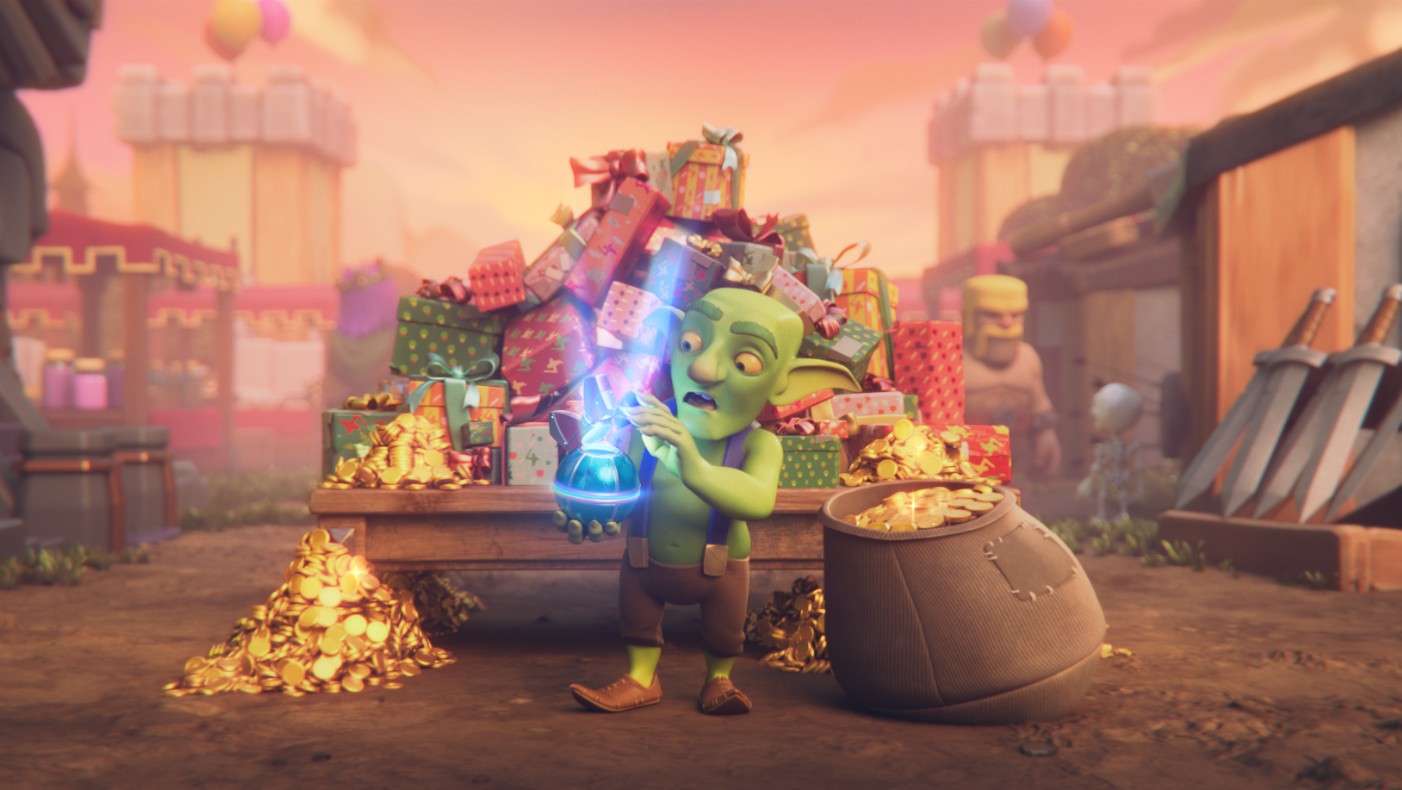
On this subject, Terminus’ position is measured: “We use AI for technical tasks, to automate certain processes. But when it comes to image creation, we’re sticking with traditional tools. We’re observing and testing, but we’re proceeding cautiously.
As for the professions, Anthony sees more changes than disappearances. “Some functions will undoubtedly change. Some tasks will be partially automated. But this may also free up time to concentrate on more creative or more technical aspects. And new profiles will emerge: technicians capable of intelligently integrating AI into production, artists at ease with these new workflows.”
For him, this is not a collapse, but a paradigm shift. “Our professions will continue to exist, especially where the demands are high, in sectors such as luxury goods or auteur cinema. But we will have to develop our skills. The mistake would be to reject these changes out of hand. On the contrary, we need to prepare for them, and train young people to deal with them with hindsight and discernment.
Training the hybrid profiles of tomorrow
When asked about the profiles he’s looking for, Anthony is clear: versatility is an asset, especially in a small studio. “Generalists, people who can model, animate, do lighting… these are gems. But what we’re also looking for are people who understand the constraints of the job: knowing how to deliver on time, keeping to a schedule, responding to a client’s request.”
This is where training courses can make further progress. “Young people from good schools are technically sound. But they sometimes lack perspective on production: they want it to be perfect, when sometimes you have to deliver something that’s right, on time. They find it hard to accept customer feedback, especially if it distorts their work. We provide them with support, but there’s a lack of it in the training courses”.
In this respect, double degree courses that combine creative skills and project management seem very relevant to him. “A profile that understands the professional challenges is invaluable. They can become a lead, manage a team and liaise with the client. These are the kind of profiles that enable a studio to take on more projects.
And if you ask him what he expects of a young person starting out in the profession?
“Curiosity. That’s what makes the difference. Those who succeed are the ones who explore, who test, who aren’t content with the tools seen in training.
You have to get out of your comfort zone, try your hand at everything, open yourself up to other disciplines: photography, video, sculpture… And above all don’t lock yourself into a single piece of software”.
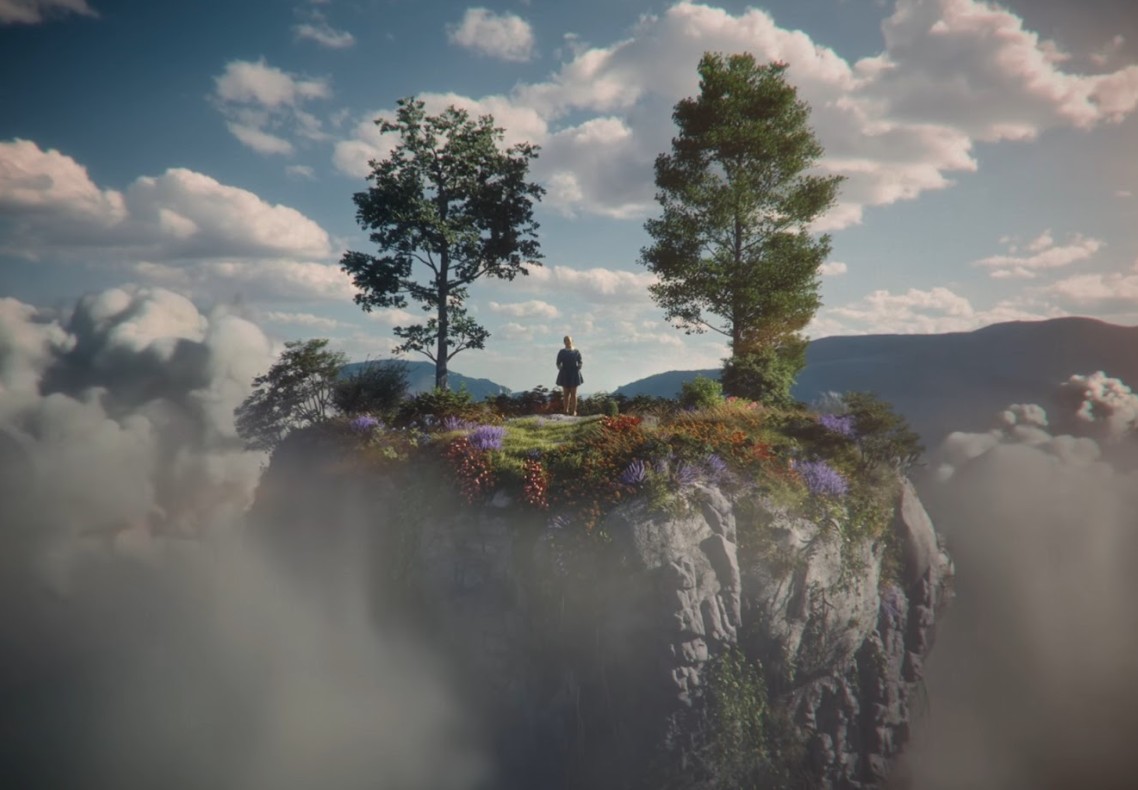

In five years’ time, Anthony hopes to see Terminus structured around two clearly identified centres:
Terminus Animation, dedicated to 3D animation, and TERMINUS Film, specialising in VFX for fiction, music videos and advertising.
- Develop our permanent team with the talents we have been able to train in the past.
- And why not be able to produce our own content (we’d like to be able to produce short projects with high creative value).
